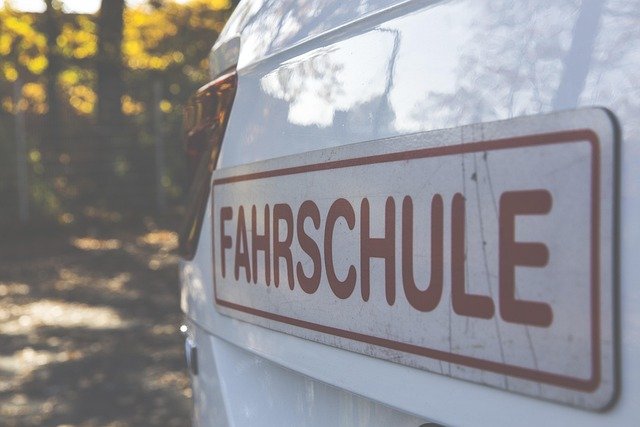Drivers Licenses: Requirements, Training, and Vehicle Categories
A driver’s license is an official document that permits an individual to operate specific types of motor vehicles and serves as widely accepted identification. Requirements vary by jurisdiction and by vehicle class: a standard license covers most personal cars, while specialized credentials such as a Commercial Driver’s License (CDL) are required for large trucks and certain passenger or hazardous materials roles. Understanding the steps, testing, and training involved helps applicants plan effectively and meet both legal and employer expectations.

Who needs a CDL for truck driver roles?
A CDL is typically required for anyone operating large or heavy vehicles used in commercial transportation. This includes many truck driver positions such as long-haul freight, delivery trucks above a weight threshold, school buses, and vehicles carrying hazardous materials. Jurisdictions define vehicle classes differently, but the common pattern is that commercial operation, vehicle weight, and passenger or cargo type determine whether a CDL is necessary. Employers and vehicle registration authorities will list the specific class and endorsements needed for particular roles.
How do regular drivers licenses relate to driving?
Standard drivers licenses authorize operation of passenger cars and some light trucks for personal use. They are obtained by meeting age, vision, and knowledge requirements, then passing a driving skills test. Conditions and restrictions may apply, such as graduated licenses for younger drivers. For someone moving from personal driving to professional transportation, a standard license is the first credential but is not sufficient for commercial driving jobs that carry heavier loads, multiple passengers, or specialized cargo. Maintaining a clean driving record supports both license retention and employability.
What training prepares applicants for licensing?
Training varies by the target license. For a standard license, supervised behind-the-wheel practice and driver education courses help applicants develop safe driving habits and prepare for exams. For a CDL and truck driver careers, formal training programs—offered by community colleges, private driving schools, and employer-sponsored academies—cover vehicle systems, logbooks, hours-of-service rules, defensive driving, backing and coupling maneuvers, and regulatory compliance. Programs often blend classroom instruction with hands-on driving practice and mock skills tests to build competence and confidence before the official skills exam.
How do licenses affect transportation jobs?
Licensing directly influences what transportation jobs an individual can perform. Employers in freight, passenger transport, and logistics typically require appropriate license classes and endorsements (for example, air brake, passenger, or hazardous materials endorsements). A valid license demonstrates regulatory compliance and can be a legal prerequisite for operating company vehicles. Additionally, some roles require clean driving records, medical certifications, or background checks. Licensing also intersects with industry regulations that govern hours of service, cargo securement, and vehicle maintenance responsibilities for safe and lawful operations.
Where to find local services for testing and training
Local services that support licensing include motor vehicle departments, certified driving schools, community colleges, and private training centers. Motor vehicle departments publish testing schedules, learner’s permit requirements, and forms needed for application. Driving schools and training centers provide structured programs and can often arrange practice in the types of vehicles used for the exam. For those seeking a commercial license, look for schools with up-to-date equipment and instructors familiar with current testing standards. Checking local services and reading program outlines helps align training choices with the specific class and endorsements required.
Conclusion
Drivers licenses are structured to match vehicle complexity and intended use: standard licenses for everyday personal driving and specialized credentials like CDLs for commercial transportation roles. Prospective drivers should confirm local regulatory requirements, prepare through appropriate training, and ensure they meet medical and documentation standards before applying. Awareness of endorsements, record requirements, and the practical skills tested during exams helps applicants select the right pathway and reduces unexpected barriers during the licensing process.






